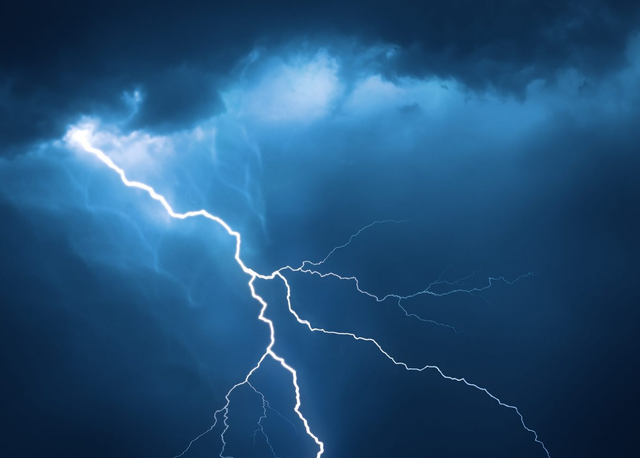
As the popularity of cryptocurrency grows exponentially, the Bitcoin network encounters problems with high fees and slow transactions. The Lightning Network (LN) aims to solve this problem and restore the profitability of the Bitcoin transaction. LN was placed in the test network at the end of 2017, and now it is slowly moving to the main network. Up to 53 nodes and 84 Lightning Network channels run on the main network of Bitcoin! Cryptocurrency enthusiasts are waiting impatiently for the development of LN, which may be a cure for the ills of "virtual gold".
The size of the problem is illustrated by the fact that users are avoiding Bitcoin transactions. It is common for Bitcoin to be exchanged for something that is much faster and cheaper to transfer (Litecoin or Ethereum). What's more, some transactions are stuck in the network for even a few days, which is like an eternity in the cryptocurrency market. Such a situation is unacceptable in the case of a currency that has essentially become the face of the entire cryptocurrency market.
When Bitcoin was less popular, transactions inside the blockchain were fast and cheap. However, with the increasing adaptation of Bitcoin, a bottleneck appeared.
The Lightning Network can be compared to Bitcoin ownership certificates. Exchange of certificates is much cheaper and faster than the exchange of assets. Each certificate is digitally signed by the owner. Instead of charging a blockchain with each transaction, to make a small payment, it's better to just use LN. However, when sending "significant" amounts, it's better to continue using Bitcoin's blockchain. In this way, transactions will be much less expensive - one LN transaction is 18,000 times cheaper than the Bitcoin Cash transfer.
The entire Lightning Network is still in the testing phase, but for bold and interesting people, it is already possible to buy stickers and t-shirts in the Blockstream store, which accepts Lightning payments on the Bitcoin mainnet.